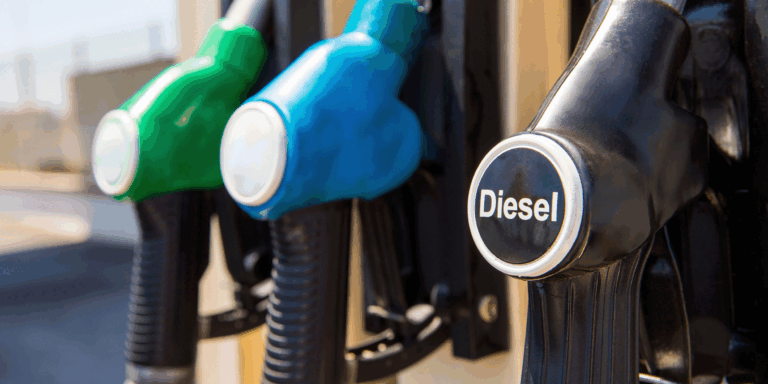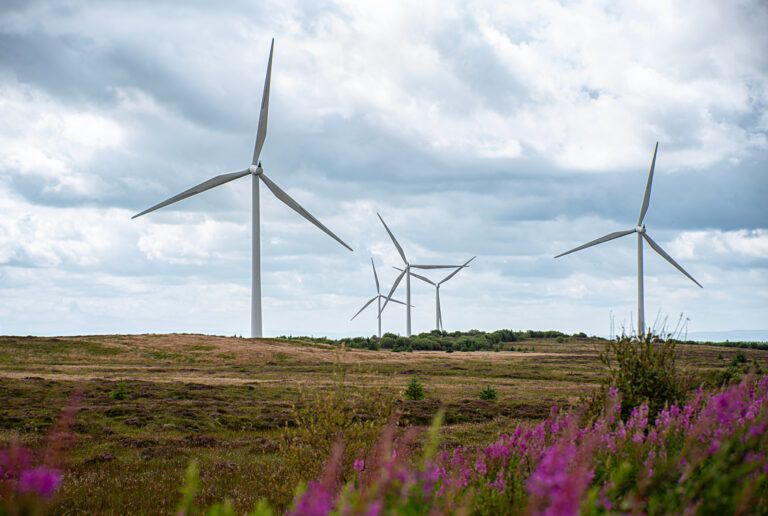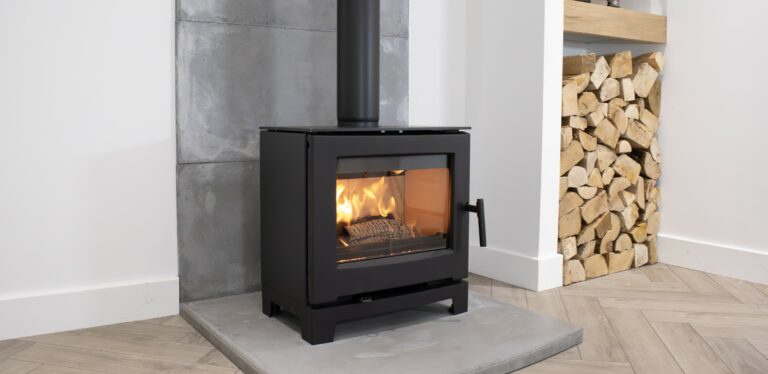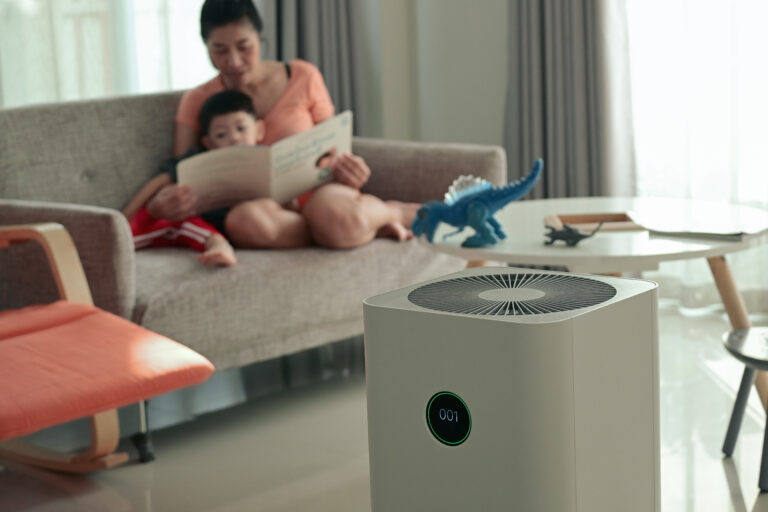
Defra’s air quality strategy
Defra has published its air quality strategy, following a short consultation period being made available for stakeholders to contribute to the draft strategy. The Air Quality Strategy is Defra’s strategic framework for local authorities and other partners, setting out their powers, responsibilities, and further actions the government expects them to take.
This document sets a framework to enable local authorities to deliver for their communities and contribute to the government’s long-term air quality goals, including ambitious new targets for fine particulate matter, also known as PM2.5.
The strategy fulfils a statutory requirement of the Environment Act 1995 (as amended by the Environment Act 2021) to publish an Air Quality Strategy which sets out air quality standards, objectives, and measures for improving ambient air quality every five years. The strategy does not replace other air quality guidance documents relevant to local authorities. The recently published Environment Improvement Plan includes a chapter on Clean Air which builds upon the 2019 Clean Air Strategy and sets out a delivery plan to achieve targets. This Air Quality Strategy sets out responsibilities and duties for local government to take in improving air quality across England. As outlined in previous newsletters, the Scottish and Welsh governments are preparing their clean air strategies.
Current Regulations
The Air Quality Standards Regulations 2010 set limits for several pollutants, including nitrogen oxides and particulate matter. Additionally, the National Emission Ceilings Regulations 2018 include legally binding emission reduction commitments for five key pollutants released into the air each year (when compared to a 2005 baseline). Pollutants measured are:
- Fine particulate matter (PM5)
- Oxides of nitrogen (NOx)
- Sulphur dioxide (SO2)
- Ammonia (NH3)
- Non-methane volatile organic compounds
Under the Environment Act 2021, there are two new legally binding long-term targets to reduce concentrations of fine particulate matter, PM2.5. The two new targets are an annual mean concentration of 10 μg/m3 or below and a reduction in average population exposure by 35% by 2040, compared to a 2018 baseline. These targets are intended to drive reductions in the worst PM2.5 hotspots across the country, whilst also ensuring nationwide action to improve air quality for all. To support the Act, interim targets are set out in the Environment Improvement Plan.
Through the Local Air Quality Management Framework (underpinned by the Environment Act 1995), local limits have been put in place through the Air Quality (England) Regulations. This framework requires the relevant Local Authorities to assess the quality of their air and in instances where it does not comply a plan must be put in place to rectify.
Fine particulate matter – PM2.5
Particulate matter is considered as everything in the air that is not a gas. Looking specifically at PM2.5 it is either emitted directly from sources (primary) or formed in the air from chemical reactions between other pollutants (secondary). Primary sources come from human activities such as fuel burning, braking and various industrial processes and from natural sources such as sea spray and dust. The recent ‘Emissions of air pollutants in the UK’ statistical report from the government suggests that domestic combustion contributed 27% of emissions in 2021. Industrial combustion of biomass accounted for 18% of emissions. A portion of PM2.5 present in our air originates in other countries.
Health, economic growth and net zero
The Strategy dedicates a section to the co-benefits delivered by air quality improvements, with poor air quality being identified as the biggest environmental threat to public health. Additionally, the Strategy identifies that making people less healthy poor air quality harms productivity and increases costs to society through medical and social care.
In Europe, it is estimated that reducing PM2.5 concentrations by 1 μg/m3 increases GDP by 0.8% on average.
The UK legislated in 2019 to end our domestic contribution to man-made climate change. The Strategy makes it clear that measures to reduce greenhouse gases can conflict with improving air quality and these interactions must be carefully considered.
Framework for action
This section of the Strategy sets out the existing Local Air Quality Management (LAQM) framework under the Environment Act 1995 and the range of powers that local authorities have available to them. These include:
- local authorities must assess their air quality for the specified pollutants and submit their Annual Status Reports.
- Local authorities must declare an Air Quality Management Area if concentrations are above legal limits or are likely to breach limits.
- Each Air Quality Management Area must be accompanied by an Air Quality Action Plan, setting out measures to fix the problem, and dates by which they will be carried out.
- Where causes of, or contributors to, an Air Quality Management Area fall within the control of another relevant body, those bodies should contribute measures to the Air Quality Action Plan and carry out those measures.
- All local authorities are expected to take proactive action to improve air quality, whether or not they have an Air Quality Management Area. Local authorities without an Air Quality Management Area, should specify proactive measures they will take in their Air Quality Strategy.
- Local authorities’ Air Quality Strategies should be informed by their monitoring and assessments. Air Quality Strategies should set out an enforcement strategy which prioritises reduction of population exposure, including in areas experiencing disproportionately high levels of pollution.
- Directors of Public Health should be involved in the preparation of Air Quality Action Plans and Air Quality Strategies.
Within the framework system, local authorities must assess air quality in their area against air quality objectives and submit an Annual Status Report reporting on their air quality actions, including progress in implementing Air Quality Action Plans and local Air Quality Strategies.
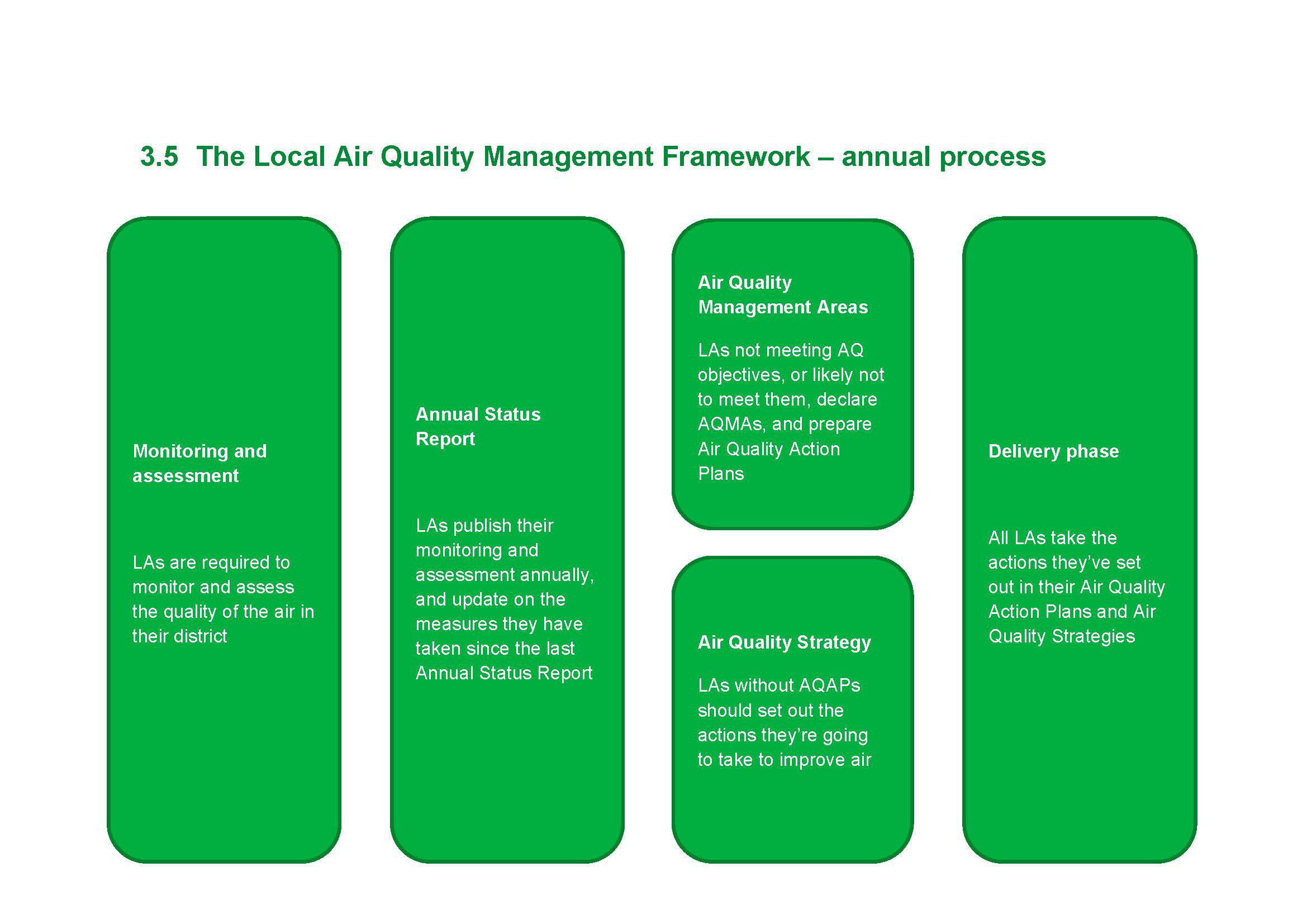
Image: Defra’s draft air quality strategy, pg 20
Summary of powers available to local authorities
Section 4 of the draft strategy looks specifically at functions that local authorities can make use of to improve air quality. The section looks in detail at the following:
- Domestic burning
- Industrial emissions
- Transport and non-road mobile machinery
- Agriculture
- Indoor Air Quality
- Communicating air quality information
For domestic burning, local authorities have the following actions:
- Local authorities should keep the boundaries of existing Smoke Control Areas under review, especially if development has taken place outside of the boundaries. They should consider whether it would be beneficial to declare a new Smoke Control Area.
- Local authorities with Smoke Control Areas are expected to enforce restrictions which apply within those areas.
- All local authorities should enforce solid fuel regulations by ensuring that fuel being sold for domestic purposes has the “Ready to Burn” logo. Local authorities should ensure that no retailers are selling coal for indoor domestic burning from 1 May 2023.
Through the Environment Improvement Plan, the UK government has a number of actions:
- The government will look to strengthen the effect of Smoke Control Areas. They will consult on tougher stove standards for Smoke Control Areas, lowering the smoke limit for newly installed stoves from 5g smoke per hour to at least as low as 3g.
- The government will consult on tougher emission standards for Manufactured Solid Fuels reducing both smoke emissions and sulphur levels.
- The government will explore policies to incentivise a shift from older, more polluting devices towards newer appliances which meet our tough new emission standard.
- The government will provide updated guidance, templates, and information to support local authorities in reducing emissions from domestic burning.
Current Smoke Control Areas and Solid Fuel Regulations are also covered in the strategy, including the recent change of making breaches of smoke control area rules a civil rather than criminal offence. Guidance and financial support are being made available for Local Authorities in this area of work, including template enforcement materials, information to reduce smoke emissions and warning letters to be issued ahead of any fines.
Following changes made under the Environment Act 2021, these provisions now also apply to nuisance smoke from chimneys inside SCAs, in addition to smoke from chimneys outside SCAs and smoke from other sources such as bonfires, which were already covered.
Local Authorities also hold responsibility for enforcing legislation restricting the sale of the most polluting fuels used in domestic burning. The Air Quality (Domestic Solid Fuels Standards) (England) Regulations 2020 restrict the sale of wet wood for domestic burning, limit the emission of sulphur and smoke from manufactured solid fuels, and phase out the sale of smoky coal (also known as traditional house coal or bituminous coal).
The Regulations introduce a mandatory certification scheme demonstrating that wood sold in volumes under 2m3 is dry (not more than 20% moisture), and that manufactured solid fuels sold for use in domestic burning have a sulphur content below 2% and emit less than 5g smoke per hour. Local authorities should check that fuel being sold for domestic purposes has the required “Ready to Burn” logo and certification number. From 1 May 2023, retailers are banned from selling coal (bagged or loose) for domestic burning.
Indoor air quality is also covered in the draft strategy with a number of actions relating to improving indoor air quality. The importance of ventilation and best practice guidance for front line, public health, environmental and planning professionals is at the forefront of local partner actions. The strategy also suggests action to reduce emissions from domestic burning will help tackle indoor air pollution.
Communication is at the forefront of Defra’s efforts to improve air quality, with a number of actions being identified.
- The government launched the Air Quality Information System (AQIS) review in December 2021. The remit of the two-year review is to provide a series of actionable, evidence-based improvements which could be made to the government’s provision of air quality information.
- The government will develop a best practice guide on outdoor burning that can be provided to members of the public to help reduce emissions.
- The government will share communications assets and other material of wider relevance with local authorities to use in their own communications.
A wide range of resources are available through the UK-Air website and HETAS has been working closely with Defra for a number of years in support of the ‘Burn Better’ campaign.
Implementation of PM2.5 targets
Under the Environment Act 2021, the government has set two ambitious, legally binding targets to reduce concentrations of PM2.5: an annual mean concentration target for PM2.5 of 10 μg/m3 across England by 2040 and an average population exposure reduction target of 35% in 2040 compared to a 2018 baseline.
Having set these targets, the government is now turning to implementation including how other bodies should take them into account in decision-making to help achieve these targets, particularly as the population exposure reduction target is an important but novel approach to improving air quality. Work is underway with the Department for Levelling Up, Housing and Communities (DLUHC) on wider planning reforms to be delivered through the Levelling Up and Regeneration Bill.
The consultation sought views on the revised draft Air Quality Strategy with Defra using the consultation responses to help inform the final Air Quality Strategy which has now been published and can be viewed here.
Keep updated with the latest news on domestic burning, air quality and more in the news section of the HETAS website.
